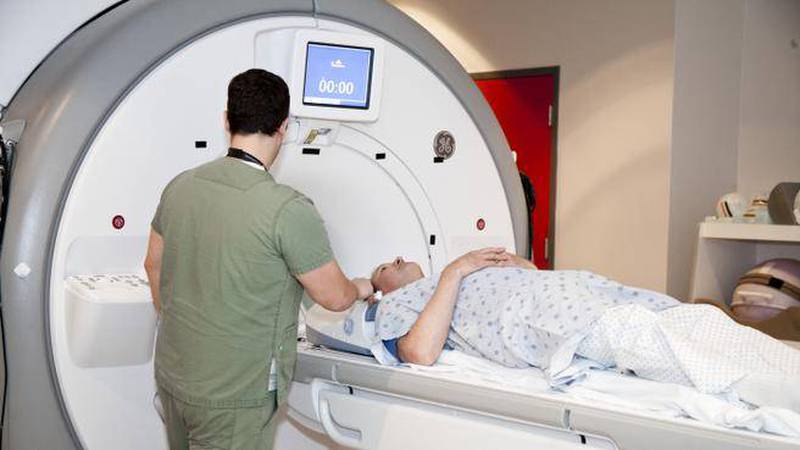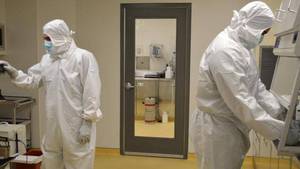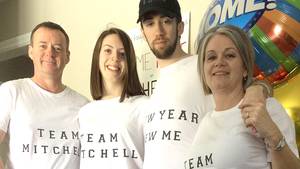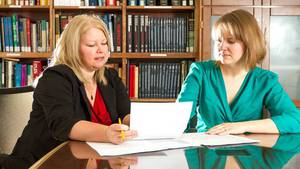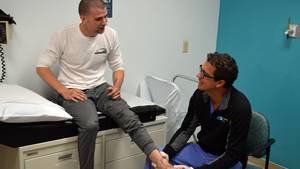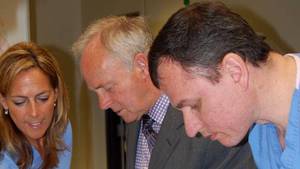A good investment is something that brings positive results. But something that can provide immediate impact and the potential for creating long-term value? That’s a game-changer.
That’s exactly what the QEII Health Sciences Centre recently acquired with its new 3T MRI machine. While the QEII already has two fully operational 1.5T MRIs, the new machine adds another layer to clinical health care.
“It’s a more powerful scanner than the 1.5T MRIs,” says Dr. Mattias Schmidt, clinical lead for MRI at the QEII. “Because it is a stronger magnet, quite literally, we can get more signal out of it. This allows us to see things we wouldn't be able to see before, so we target it to specific applications where we need as sharp as possible pictures.”
Dr. Schmidt says the new MRI has three primary target areas for imaging — brain, abdominal and cardiac — while also allowing up to 50 new clinical patients to be scanned each week. Previously, the occasional patient was sent to Montreal to have 3T imaging done. Now patients will remain closer to home with the strongest MRI machine in Nova Scotia.
“We have long wanted this capability, as 3T technology has now permeated the clinical scene around the world. It’s being used worldwide for high-end MRI applications,” says Dr. Schmidt. “For some things it’s becoming the standard of care, so we really wanted to operate at that level, and provide diagnosis at that level.”
While the new MRI unit is paying immediate dividends in patient care, it also has what’s potentially an even more valuable role, as a catalyst for change in the future of health care.
Dr. Steven Beyea is the science lead at BIOTIC, a core research facility at the QEII. He and his research team create new imaging technology to improve patient care, while also working towards their other mandate — commercialization.
“We’re looking at taking that research, and growing it to the point that we can partner with medical industries,” says Dr. Beyea. “However great the science is in a research paper, no one can use that to diagnose a patient. To achieve that we have to translate our science into the type of medical products that can actually become a part of diagnostic care.”
The resonating effects of the 3T MRI have already begun for the team at BIOTIC, a very positive sign for Dr. Beyea and his colleagues.
None of this process — the MRI, the increased patient care, the business opportunities — would have been possible, however, without the support of the QEII Foundation and the donor community. The Foundation raised $3.1-million for the purchase, including a generous $2.5-million donation from the David and Gauthier families.
“This entire donation and purchase created a leveraging opportunity that resulted in the awarding of an Atlantic Innovation Fund award from ACOA this past summer, which provided nearly $3-million in funding to create three new diagnostic imaging technologies,” says Dr. Beyea.
While there are higher strength magnets that exist, they have little clinical use and are limited to the research realm. Dr. Schmidt believes the 3T MRI’s ability to simultaneously combine the clinical and research worlds is its true gift.
“It’s an intersection of clinical care and research, as 3T is the highest practical field strength for our clinical high-end imaging. I think it’s important to be able to develop new methods and technologies that can immediately be translated to this device and used clinically,” he says.
Dr. Beyea says the technologies developed from the 3T MRI have the potential to generate millions of dollars in additional revenues, and that's just one project.
“Let's spill that into all the research-driven innovation that’s going on, and it has the ability to draw in new revenues, create knowledge economy jobs, and generate an overall economic impact for Nova Scotia,” says Dr. Beyea. “Now you’re talking about something that has immediate impact on patient care, a longer-term impact in developing a tightly-knit relationship between research and clinical care, and then a broader impact as a driver for our economy.
“And it all started with, and never would have happened, without that first generous donation.”
Support from ACOA
Dr. Steven Beyea and the team at BIOTIC recently received a $3-million grant from ACOA, and as a result of that award they are developing three new diagnostic imaging technologies — one to map function within the human brain, one to improve the diagnosis of fatty liver disease, and one to better detect prostate cancer.
But even within that work, Dr. Beyea says the team has multiple mandates.
“In each case you can split them into two very important aspects: one is that you need to develop the best technology possible, and the other is designing these technologies so that it will seamlessly flow into routine clinical work flows,” says Dr. Beyea. “We also have a very specific aim to create technologies that are fully automated, which has the potential to not only improve utilization of these technologies, but also could shorten wait lists.”

